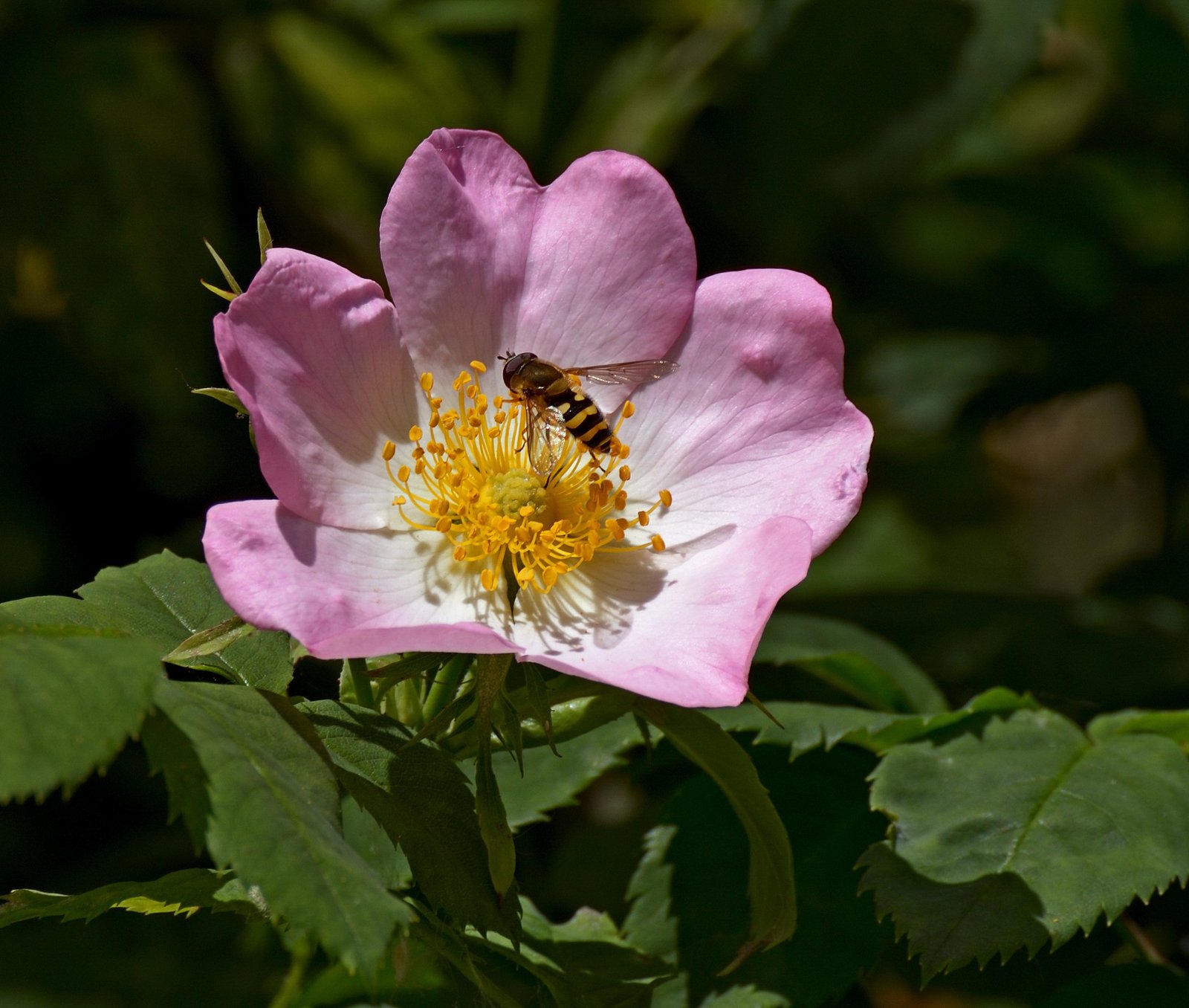What Tools Do You Need to Clip Roses?

 , licensed under CC BY-SA 2.0
, licensed under CC BY-SA 2.0To clip roses effectively, you’ll need the right tools. The most recommended tools for the job are:
- Sharp, clean pruning shears or bypass pruners: These will help you make clean cuts without crushing the stem.
- A sharp knife or X-Acto knife: Useful for making precise cuts or wounding the stem to encourage rooting.
How Do You Clip Roses Properly?

When clipping roses, follow these techniques for the best results:
Cutting the Stems
- Cut the stems at a 45-degree angle, just above a bud eye (the small swelling on the stem where leaves or flowers emerge). This angle helps water run off and reduces the risk of stem rot.
- For rooting cuttings, cut each stem into 6- to 8-inch lengths, ensuring each cutting has at least four nodes (where leaves emerge).
Timing and Seasonal Guidelines
- Softwood cuttings (taken in late spring and early summer) root the fastest and easiest.
- Semi-hardwood cuttings (taken in late summer and early fall) are also a good option.
- Hardwood cuttings (taken in late fall or early winter) are the slowest and most difficult to root.
- Avoid taking cuttings during intense heat or extreme cold. Mild temperatures and adequate moisture are ideal.
Specific Techniques for Different Rose Types
- Hybrid Teas and Shrubs: Make two slices on opposite sides of the stem at the bottom to increase the surface area for rooting. Use a sharp knife to slice a small strip off the cambium layer.
- Miniatures: Make one narrow slice, about 1/8-inch wide and 1/2-inch long, at the bottom of each stem.
- Climbing Roses: Follow similar steps, but ensure the cuttings are taken from the current year’s growth. Climbing roses may require more support during the rooting process.
How Do You Overcome Common Challenges When Clipping Roses?
To prevent diseases and pests, ensure all tools are clean and disinfected. Keep the rooting medium well-drained to prevent rot, and maintain good air circulation and sunlight to prevent fungal diseases. Protect new cuttings from garden pests like deer and rabbits.
Remember, clipping roses requires precision and attention to detail, but with the right tools and techniques, you can successfully propagate new rose plants from your existing ones.
Reference:
1. Improved Techniques for Propagating Roses from Cuttings – http://www.santaclaritarose.org/CuttingsImproved.html
2. How to Propagate Roses By Cuttings – http://www.santaclaritarose.org/Cuttings1.html
3. Reproduce and Grow Roses From Cuttings – https://www.gardentech.com/blog/how-to-guides/growing-roses-from-cuttings
